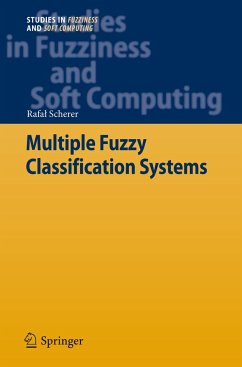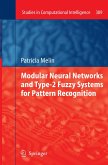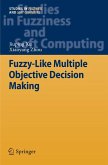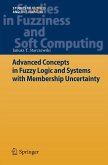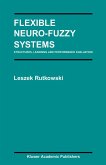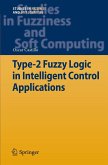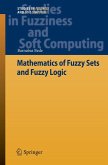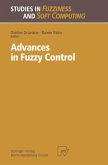Fuzzy classifiers are important tools in exploratory data analysis, which is a vital set of methods used in various engineering, scientific and business applications. Fuzzy classifiers use fuzzy rules and do not require assumptions common to statistical classification. Rough set theory is useful when data sets are incomplete. It defines a formal approximation of crisp sets by providing the lower and the upper approximation of the original set. Systems based on rough sets have natural ability to work on such data and incomplete vectors do not have to be preprocessed before classification. To achieve better performance than existing machine learning systems, fuzzy classifiers and rough sets can be combined in ensembles. Such ensembles consist of a finite set of learning models, usually weak learners.
The present book discusses the three aforementioned fields - fuzzy systems, rough sets and ensemble techniques. As the trained ensemble should represent a single hypothesis, a lot of attention is placed on the possibility to combine fuzzy rules from fuzzy systems being members of classification ensemble. Furthermore, an emphasis is placed on ensembles that can work on incomplete data, thanks to rough set theory.
.
The present book discusses the three aforementioned fields - fuzzy systems, rough sets and ensemble techniques. As the trained ensemble should represent a single hypothesis, a lot of attention is placed on the possibility to combine fuzzy rules from fuzzy systems being members of classification ensemble. Furthermore, an emphasis is placed on ensembles that can work on incomplete data, thanks to rough set theory.
.

